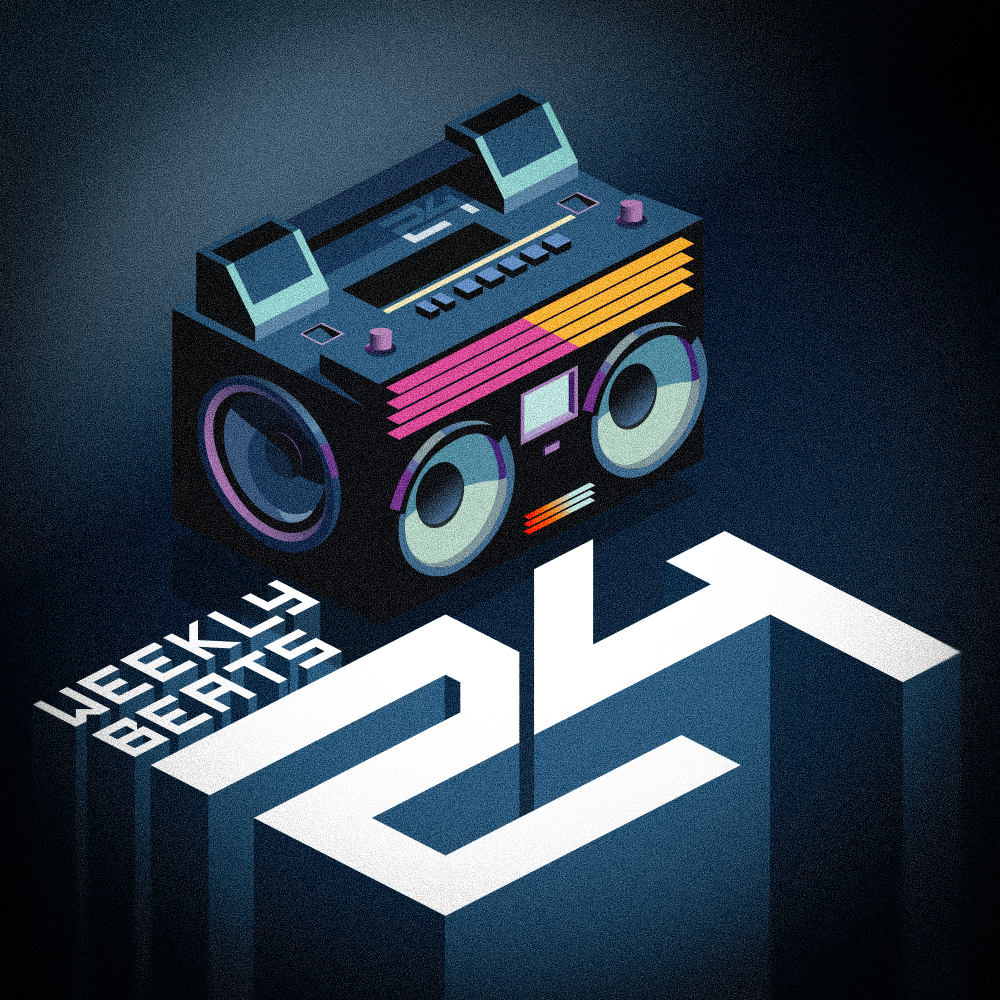midimachine wrote:Endorphin is an amazing free master compressor, just sayin'
Actually all of that guy's plugins are fan-freakin'-tastic. And free!
Agreed. I use them still along side the other plugs I own!! It's my main goto compressor for dialoge tracks in documentary mixing - just seems to work.
If you want something which will nag you occasionally but work amazingly in an unlimited demo version, check out Reaper. I now have a Nuendo box sitting and getting dusty on my shelf as Reaper has changed my entire approach to audio. Personal version is nothing (like $60?) and the compressors are look ahead and react solidly if you set them well. The EQ is the best thing I've ever used and fully tweak-able. The plugs are really functional too although nothing is pretty... it's all about being a performance program so they don't waste memory on flashy looking interfaces. Their manual has some great explanations too - as does the Waves manual (which used to be an incredible read as an introduction to what the various elements do). Can't recommend Reaper enough.
Phil Harmonic wrote:on the low end.. you really just have to use your ears and move the shelf around a bit until it sounds right.. but usually its somewhere between 30hz and 60hz depending on how much energy you have down there.
In regards to rolling off low end, I do this on a track by track level. I find it's really important to solo a track, listen and look at your spectral analyzer to see what's happening in way of low end wobble. With some bass instruments I find that I use a bass extender to put back in struggling frequencies, say <50hz... This is tooootally frowned on but I don't care - with the right tool you can define a compression ratio for that sub bass and get it sounding pretty punchy. Sometimes it works really well, sometimes it just falls flat. You can't really do it to the whole mix - just some of the problematic bass instruments.
Generally I do 2 layers of mastering at the end. One in Reaper (usually just EQ) to get it sounding clean and solid and I A/B my tune with something comercial turned down to get a feel for if my balance is right(ish). Usually my mids are a little lacking at this point but I hit that up later. I usually set up a temp mastering chain (EQ, MultiComp, Limiter) after I've written my first chorus or so... that way it sounds nice while I'm composing / mixing and also protects my speakers (instead of mixing at say -15dB where a 0db glitch out destroys tweeters - yes, I've seen/heard it happen!) I take off the temp mastering chain and tweak the mix before pumping it out to a WAV file with about 2db headroom or so.
Once I've exported my final WAV, I take it into Audition 1.5 (effectively Cool Edit) for a FFT based Lowpass Filter (under 28hz at stupidly high precision), add soft look ahead compression - usually to pull the kicks back a bit, apply analog EQ (a plugin) almost always to add mids and deal with upper highs, and then tickle the final mix with a hard limiter. Sections that are quiet or are building up I sometimes go back and compress harder so the kick ins are more predominant. Sometimes I push up the kick in's by a dB or two just for the first second - so when they are slammed by the limiter they have more power. I find that it's really important to be able to see what you are doing - which is why I do all of this in a dedicated waveform editor and not just in a chain of effects on the master channel of my multitrack program.
That said, don't think I'll be mastering up too many of the tunes here with that much precision ;-)
Last edited by cTrix (January 8, 2012 5:15 am)
